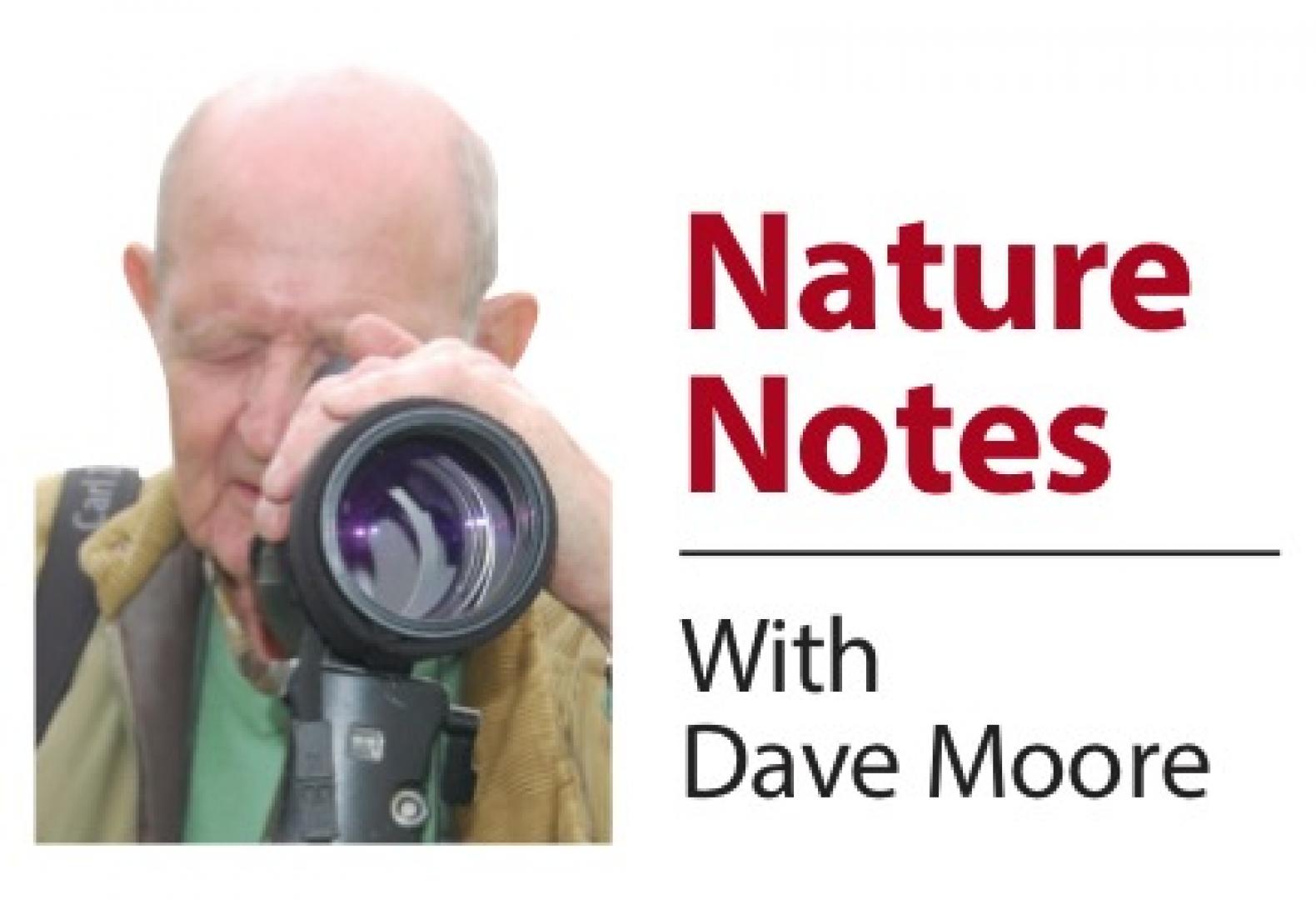I AN often asked which species of bird is my favourite. Avocets, which are now breeding successfully at Smallways Wetland, are top of my list.
To breed so far inland and at this altitude makes them unique among the colonies in the UK. In the past two summers five pairs have produced 12 young that have grown to fledgings – these numbers far outweigh those breeding at coastal sites. And yet for some reason, the RSPB is not interested in this site. Surely the success of an inland site such as at Smallways would be a good example of how we could create breeding areas to increase the UK’s population.
Next on my list are owls. There are six present in the British Isles. Let’s look at the one that gets the most publicity – the barn owl. Slowly but surely their population is increasing.
The modernisation of farming has caused their habitat to decrease alarmingly, but due to conservation over the past few decades their numbers have increased. A succession of mild, snowless winters has also helped. Some of us are old enough to remember when winter lay around for weeks on end. When this happens, the snow completely blocks off their food source – small mammals voles, mice and shrews – leading to starvation. Nest sites also dwindled due to the conversion of old barns and the felling of aged trees.
But conservation societies have provided large numbers of nest boxes throughout the country and farmers have set aside areas of land that provide habitats for small mammals. Any readers who are contemplating putting up a nest box, please put them well away from main roads as these verges are now utilised as feeding areas.
The name barn owl was given to them for two reasons. In old times grain and other crops were stored in barns that attracted rats in their millions and there was no control of their population.
Old “Barney” soon found an easy food source and the barns provided a nesting site.
From reports I receive they are on the increase throughout our dale and long may it continue. Winter months are the best time to see them as they feed during the shorter hours of daylight.
Their hearing is so advanced that they can pick up the rustling of a small mammal well above the land.
Dave Moore is a wildlife enthusiast from Hutton Magna






